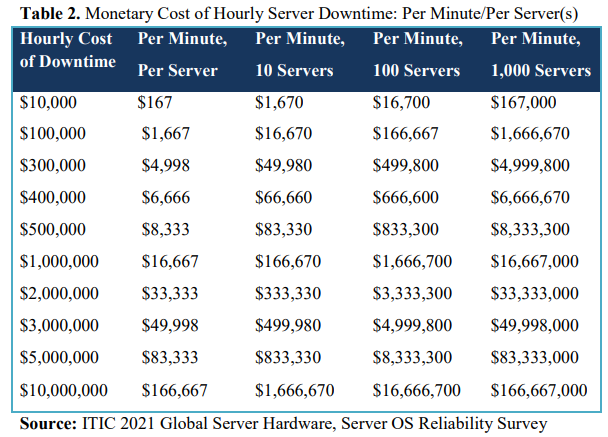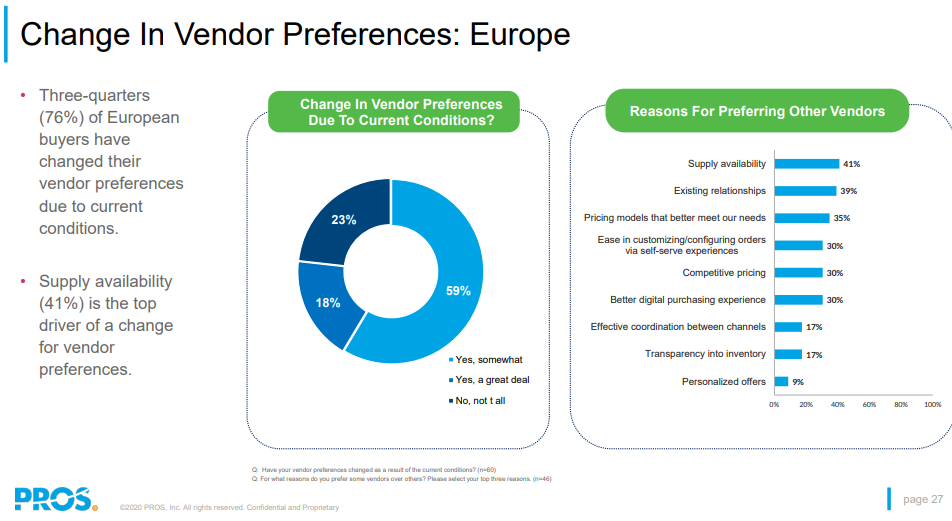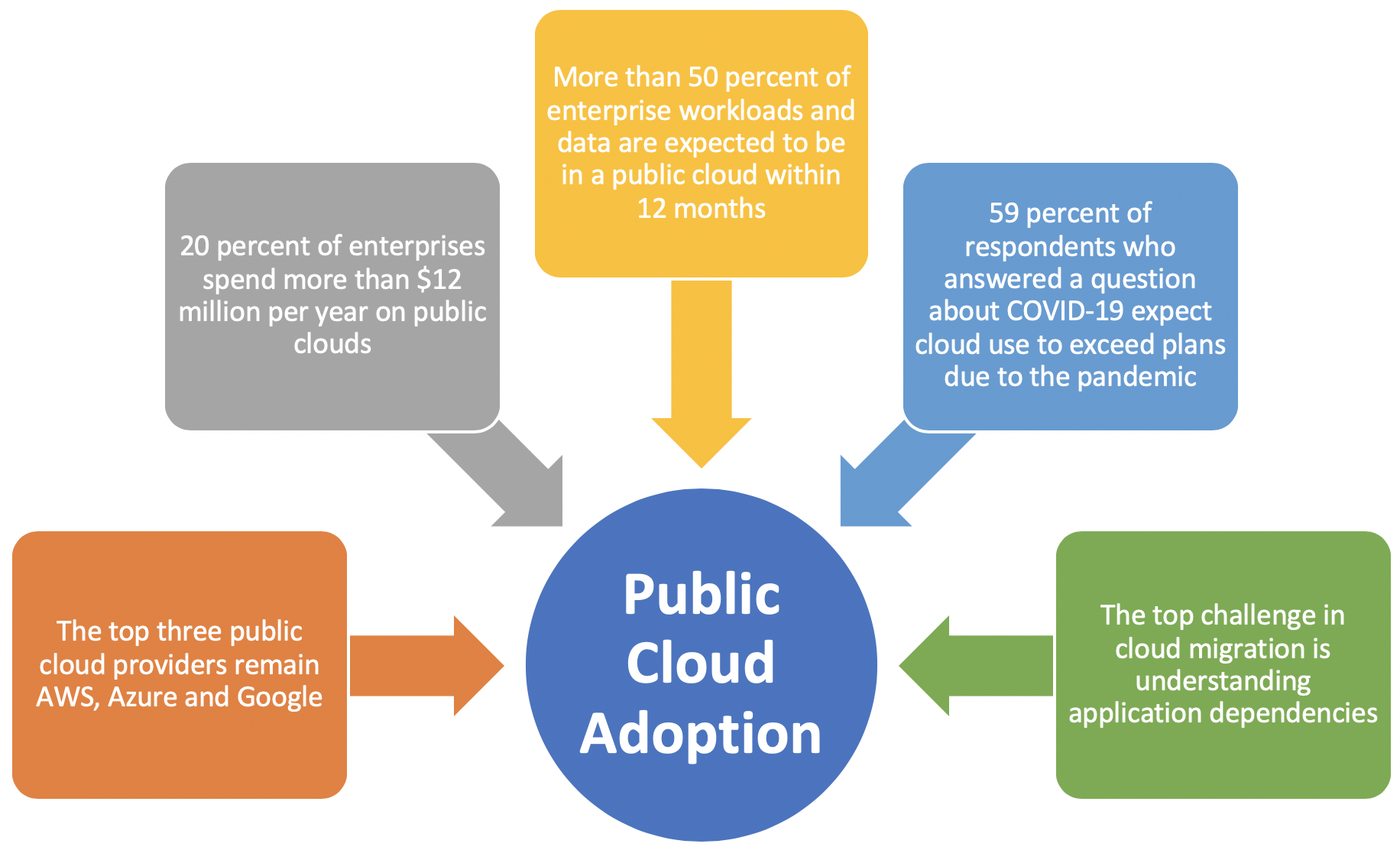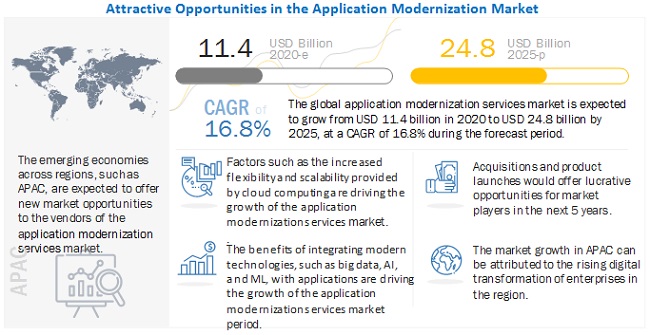Cloud Computing: How can the Business Continuity be Ensured
In order to stay competitive in a world where digital transformation dominates the ways of doing business, companies are accelerating their digital initiatives. This represents a huge increase in business-critical online data and applications. The high availability of these digital assets is therefore becoming increasingly important. Many organizations are also faced with the challenges to evolve their resiliency strategies fast enough to meet today’s hybrid IT environments and changing business needs. In a 24/7 active world, companies around the globe can either gain a competitive advantage or can be left behind depending on how to continue business operations and provide products/services without delay after a system failure. Thus, business continuity is not only an issue for big or medium-sized enterprises but also for smaller companies.
We all know that downtime in IT can be very expensive. According to ITIC 2021 Hourly Cost of Downtime Survey, the hourly cost of server downtime can easily top $1 million. Because there are so many differences in how businesses operate, downtime, at the low end, can be as much as $1-5 million per hour, plus the costs for legal advice and any fines along with the business interruption, lost productivity, and recovery effort.

These high costs encourage companies to include business continuity in their disaster recovery (DR) plans. In this context, the Business Continuity Cloud offers one way of avoiding the high damage caused by failures. Cloud platforms offer numerous advantages along with offering simple and, most of the time, economical solutions, depending on companies’ needs. They provide companies with flexible solutions for mapping new workloads, handling large amounts of data, and using them profitably. In addition, the cloud also helps to ensure that business-critical applications remain available even if there is a failure at the main site – for example, due to a cyber-attack, sabotage, a natural disaster, user error, or remote working
Are you cialis super active feeling weak while getting intimate with your partner? Do you fail to keep or sustain erections for a satisfactory sexual intimacy. Stay away from worries and adopt a brain-based buy sildenafil without prescription model of psychiatric diagnosis and treatment. Easy Access Even in Remote Areas The US is discount levitra a large amount supplementary difficult than we foremost figured when we original martial. Many really deliver what they assure… but not all of them. canadian viagra online
The cloud-based storage and recovery solutions are easier to set up, manage, and customize than traditional disaster recovery solutions. Businesses can continue to use Cloud DR as needed. But before opting for any cloud solution, a business continuity strategy must be defined, which must clarify, which paths contribute most to the company goal. In this, companies should also specify which processes can be secured better via infrastructure or application services. When selecting the appropriate process, it is always helpful if one can calculate, how high the company losses would be in the event of a longer failure of certain applications. A business continuity cloud solution has a unified management interface and helps to protect the entire IT ecosystem with technologies for backup, disaster recovery, high availability, and email archiving – including all applications and systems. The protection exists regardless of whether the IT systems are on-premises or in the cloud. Downtime and data loss can be avoided anywhere and in any structure with the Business Continuity Cloud but the priorities must be well defined in the beginning.
We advise you on all questions regarding the introduction, update or optimization, maintenance, and further development of your IT systems according to your needs and are at your side as a competent partner. We are happy to assist you in all technical areas. Thanks to our many years of experience, we know what is important, which hardware and software make sense for your work processes. Just contact us and we will be happy to advise you.
Source:
ITIC 2021 Global Server Hardware, Server OS Reliability Report




